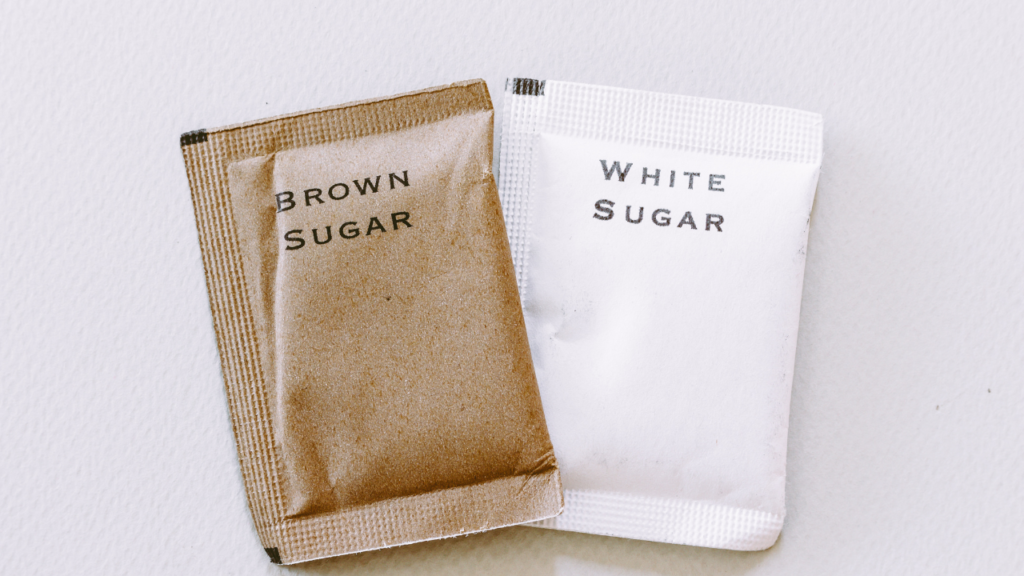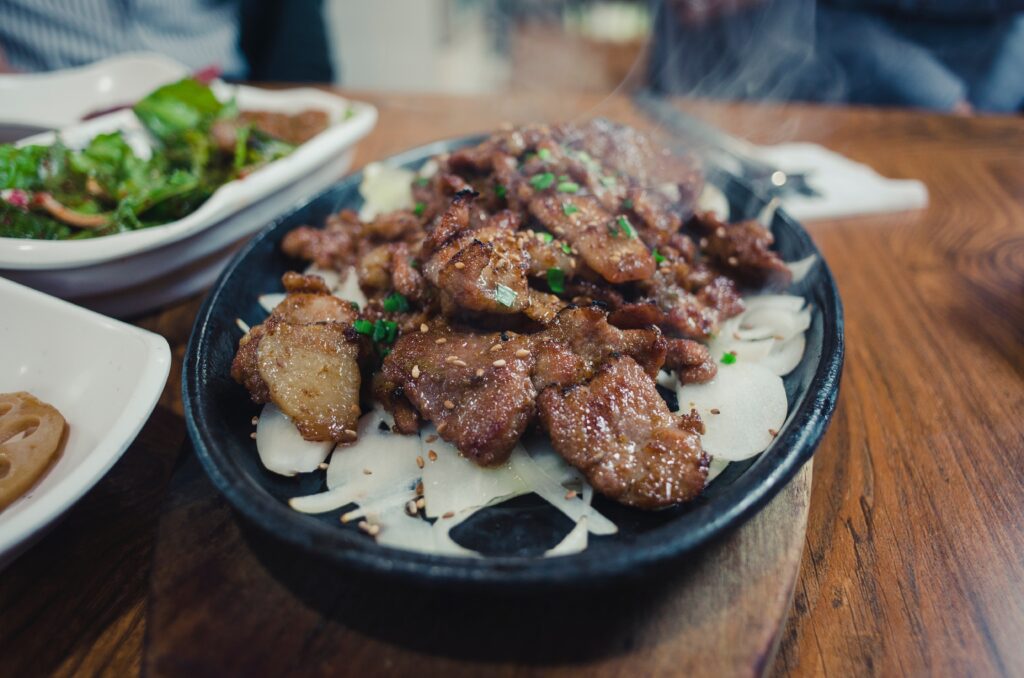
One of my neighbour’s dad was recently detected with HbA1c 9% and post lunch blood sugar 352 mg/dl. Being a foodie, the thought of giving up his favourite desserts and going on a strict diabetic diet haunted him so he thought of making some simple changes in his lifestyle. He started walking daily coupled with some sports i.e. playing cricket.
This may sound resonating to many as most of us do not wish to directly begin popping pills and start with a diabetic diet directly. Most of us (especially in India) do not like to use the word diabetes as far as we can continue using some phrases like ‘borderline blood sugar‘. This is mainly due to the inability to have an open mindset. If only we knew that these are not grave illnesses and that it takes only a disciplined mindset to manage them, then we would not fear them so much
While my neighbour’s dad does avoid eating sweets, but he prefers to add honey to milk as he feels it is a safe alternative to white sugar. To address such myths, we present certain facts that can help you as well as this gentleman tackle their blood sugar:
1. All artificial sweeteners should be avoided
Artificial sweeteners are ingredients that impart sweetness but without imparting calories. Hence, they do not raise your blood sugar. There are several artificial sweeteners but not all are recommended as safe. Also, not all are very user friendly, in terms of flavour, a few sweeteners have a bitter after taste. Once of the most versatile sweeteners for cooking is Stevia. It is obtained from extract of stevia plants. It is considered as safe for use and also does not impart overpowering after taste. To know more in detail about different artificial sweeteners, click here
2. When on a diabetic diet, one has to avoid white rice completely
While brown rice is a better option to white rice due to better fiber content, but white rice too can be eaten when certain rules are kept in mind. These rules are as follows:
1. While eating white rice, prefer it with proteins and plenty of vegetables. For eg: prefer paneer biryani with veg raita or egg biryani with salad
2. Do not combine bad carbohydrates with white rice i.e. do not prefer breads or maida rotis with white rice
3. Do not combine bad fats with white rice i.e. rice based pakoras. If you wish to eat pakoras minus the bad fats, avail our recipe course where you can get no sugar, low fat and high fiber recipes including recipes of pakoras. Click here to get the recipes
3. Brown sugar is a better substitute for white sugar

Brown sugar and white sugar are both obtained from almost same plants. The colour of brown sugar is brown as it contains some molasses of sugarcane while the white sugar does not contain mollases. Due to these mollases, brown sugar has some remnant minerals like calcium, iron and potassium. However, their amount is just minimal. Also, brown sugar does impart calories and hence it also lead to elevation in blood sugar. So when on a diabetic diet, it is not a good choice to include brown sugar daily in routine. Instead, you may use an artificial sweetener but in limited amount
4. One should avoid mangoes completely when on diabetic diet
Mango is high calorie fruit as compared to several other fruits but it has a medium glycemic index. Glycemix index is the capacity of a food item to raise the blood sugar 2 hours after consumption. Sugar has a high glycemic index as it raises blood sugar considerably 2 hours after the consumption. Individuals on a diabetic diet can prefer a mango in chopped form or sliced form. The trick is to avoid eating mango with meals or after the meals. It can be preferred as a mid-morning or an evening snack.
5. Potato is a high starch vegetables, so it should be avoided
Vegetables like potato, yam, tapioca, etc contain higher amount of starch and starch gets converted into our body to glucose. So if you eat too much starch, you may tend to see rise in blood sugar levels. However, the key is to limit the portion size. Instead of preferring a potato bhaji with chapatis if you can prefer any other vegetable that may contain potato in limited quantities like ladies finger and potato subji or mixed veg with potato, there are chances of less spike in blood sugar after meals. So, while on a diabetic diet, you may consider potatoes but in limited quantities. To read more about tips to avoid spike in blood sugar after meals, click here
Also, do not forget to add proteins while you eat starchy foods. If you combine your potato with mixed vegetables with a dal or pulse or curd and also prefer some salads, then you are good to go. These simple tips can help you go a long way in managing your blood sugar.
It is also important to note that all it requires is an open mindset and a couple of lifestyle changes rather than long discussions about managing our health. Give your health a priority, everything else can fall in place
At NutriKonnect, we provide customized diet plans as well as healthy and innovative recipes for type 1, type 2 as well as gestational diabetes. To avail our consultation with wholesome recipes, connect with us on 7208363223 or send an email on info@nutrikonnect.in


